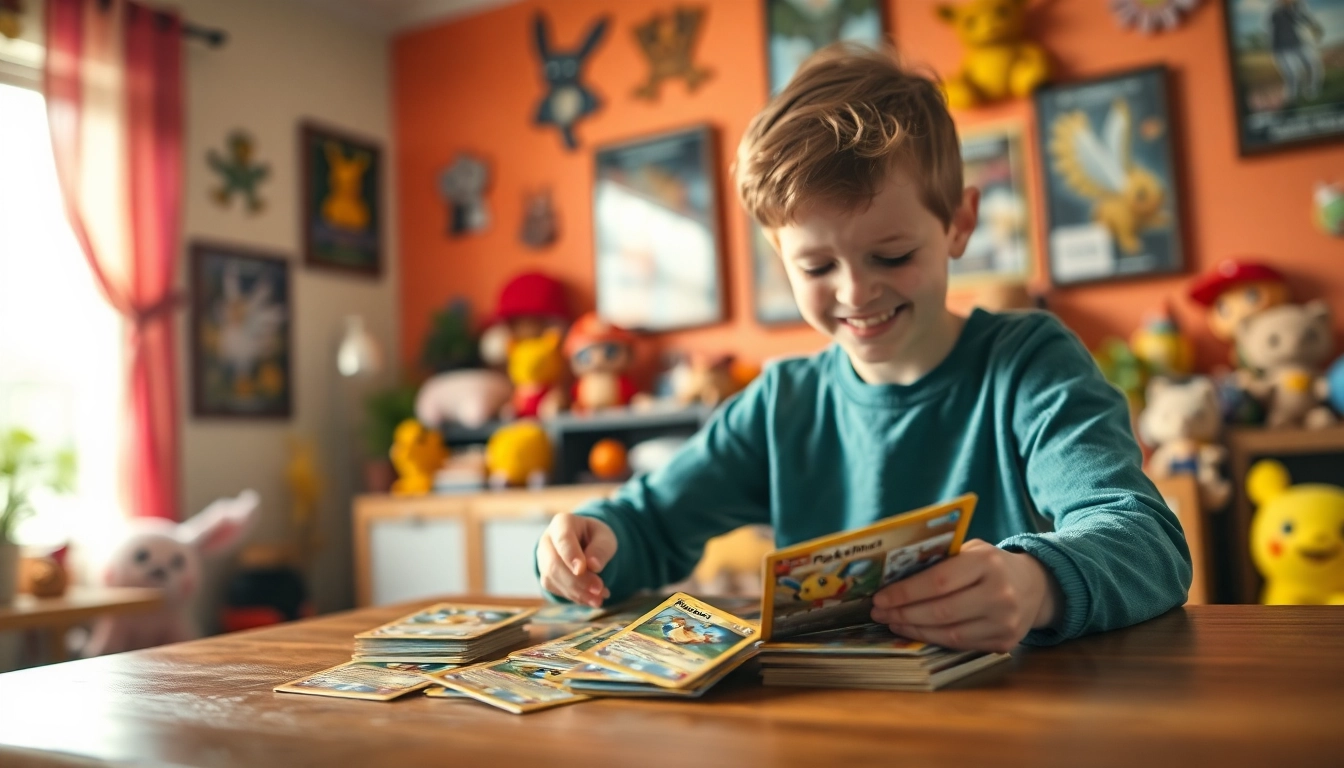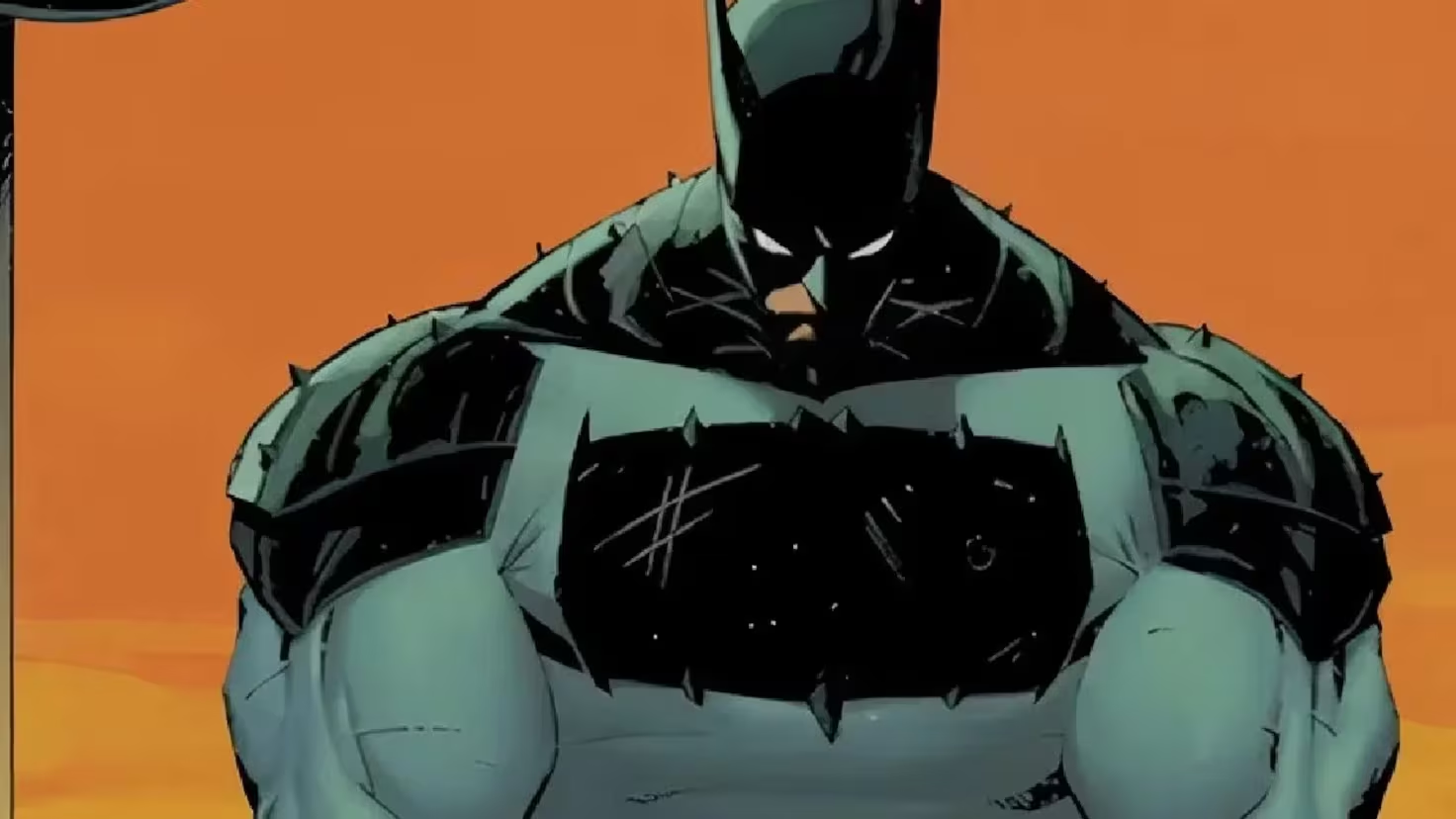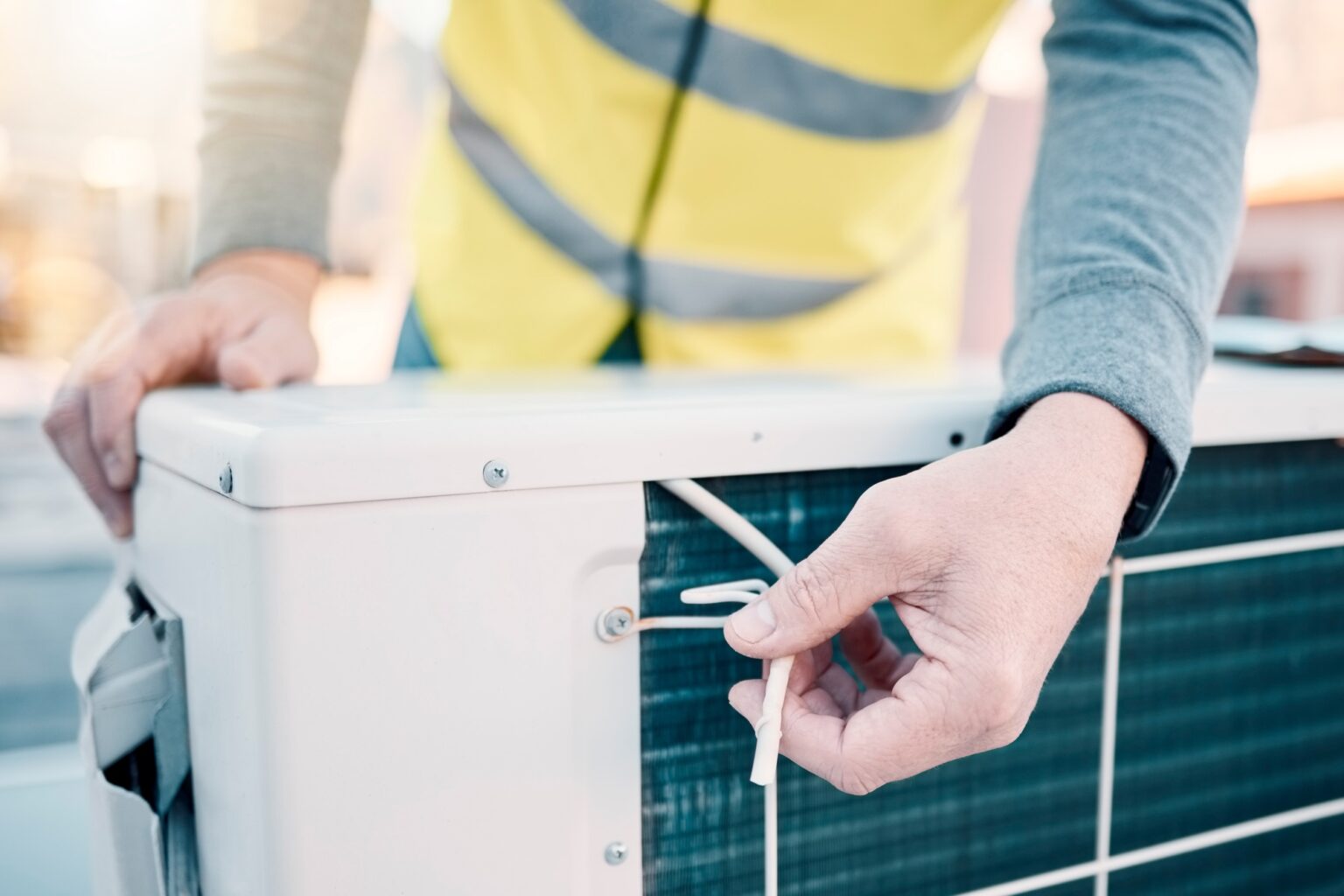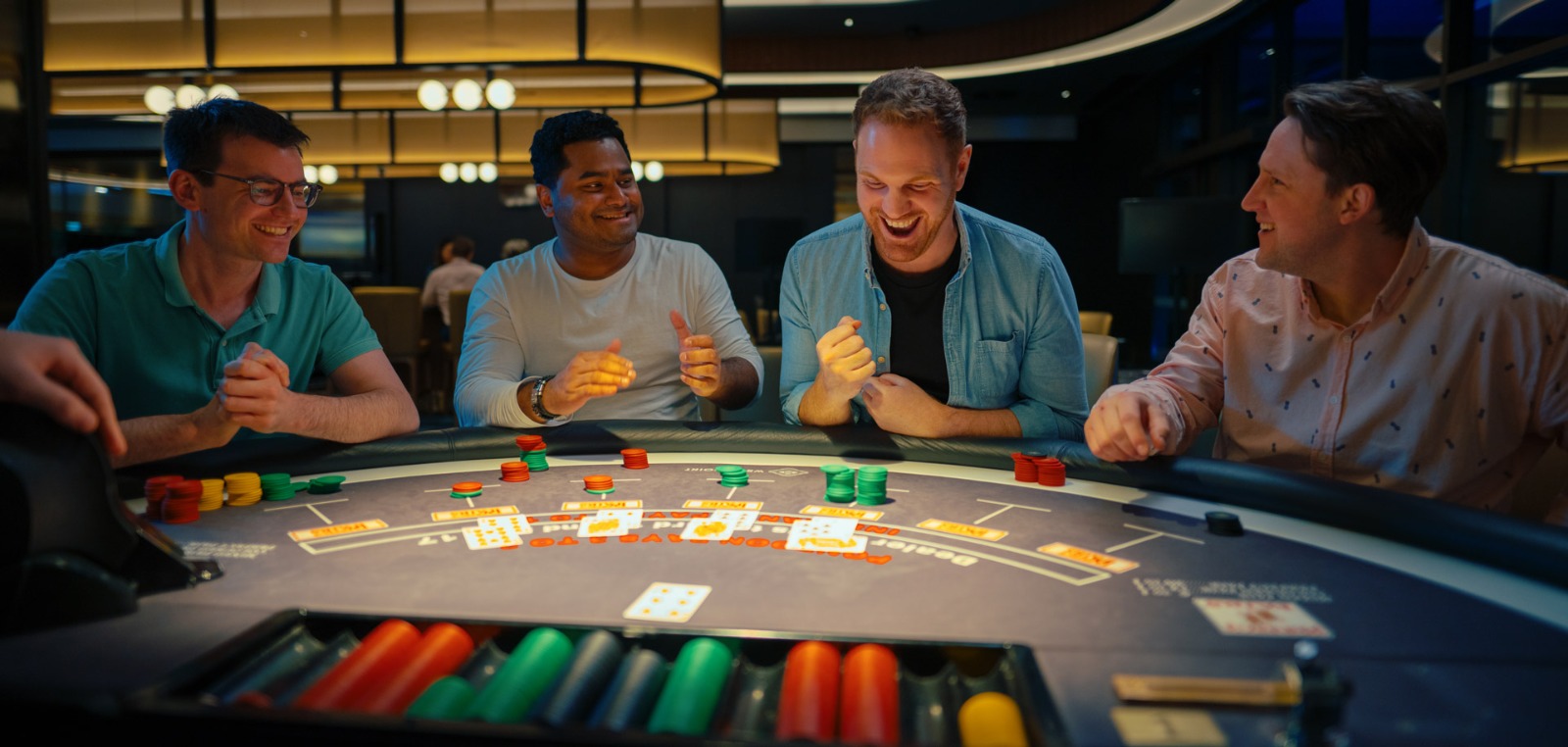Understanding Real Pokemon Cards
In the vibrant world of collectible card games, real pokemon cards hold a special place. These cards are not just graphics on cardboard; they represent a rich universe filled with strategy, nostalgia, and the thrill of the chase for collectors worldwide. This guide will delve into what makes these cards authentic, how they have evolved over the years, and what sets them apart from their counterfeit counterparts.
What Are Real Pokemon Cards?
Real Pokemon cards are the original trading cards produced by the Pokémon Company, based on the beloved franchise that started in the 1990s. They feature characters from the Pokémon universe and are used in the Pokémon Trading Card Game (TCG). Each card boasts unique artwork, abilities, and rarity levels.
The authenticity of these cards is crucial not only for gameplay but also for collectors. Real cards often hold significant value, particularly those that are rare or in excellent condition. Collectors are drawn to various types, from basic cards to rare holographic versions, and even promotional cards that are limited in availability.
Characteristics of Authentic Cards
Recognizing real Pokemon cards involves understanding several key characteristics:
- Quality of Material: Authentic cards are made from a specific type of cardstock that gives them a distinct feel and flexibility. They shouldn’t feel overly thick or too thin.
- Print Quality: Real cards have sharp and vibrant colors. The printing process for authentic cards is done in a way that ensures clarity and vibrancy, and the colors are consistent across cards of the same set.
- Ruler Test: Each card has a unique size, and authentic Pokémon cards have specific dimensions that can be verified by measuring.
- Card Back: The back of real Pokémon cards features the Pokémon logo and a blue background with symmetrical patterns. Fake cards may have inconsistencies or slight differences in color.
History and Evolution of Pokemon Cards
Since their first release in Japan in 1996, Pokémon cards have gone through various phases of evolution:
The initial sets, like Base Set, featured Kanto region Pokémon and were notable for introducing many fans to the TCG. As the series progressed, expansions introduced new generations of Pokémon, evolving gameplay mechanics, and artistically diverse designs. From Classic cards to XY and beyond, each set reflected advancements in card design and gameplay complexity.
Today, Pokémon cards encompass a variety of series, including V, VMAX, and GX cards, which showcase the franchise’s ability to innovate while maintaining ties to its roots. Collectors are particularly interested in special editions and promotional releases, which can become highly prized items.
How to Spot Fake Pokemon Cards
As the popularity of Pokémon cards surges, so do the number of counterfeit cards flooding the market. Understanding how to differentiate between real and fake cards is essential for collectors.
Common Signs of Counterfeit Cards
Identifying fake Pokémon cards often comes down to a few key telltale signs:
- Weight: Fake cards generally feel lighter than their authentic counterparts. Genuine Pokémon cards have a specific weight that can be somewhat measured.
- Text Clarity: The text on a real Pokémon card is sharp and clear. Counterfeits often display blurry or pixelated text.
- Light Test: A genuine card allows a small amount of light to pass through, revealing a faint, darker card structure in the center. Fake cards might not allow any light through.
- Texture: Real Pokémon cards have a unique texture created during the printing process that is difficult to replicate.
Tools and Techniques for Verification
Several tools can assist in determining the authenticity of Pokémon cards:
- Magnifying Glass: Using this tool can help inspect text quality and print detail effectively.
- Blacklight Test: When exposed to a blacklight, real cards should not fluoresce, while many fakes do.
- Comparison: Having a known real card to compare can make it easier to spot discrepancies in cards you are unsure about.
Real vs. Fake: Detailed Comparisons
Comparing a real Pokémon card to a counterfeit involves looking at several aspects closely. Here are the most significant:
- Artwork: Replicas often lack the fine details that make the original artwork pop.
- Rounding of Edges: Genuine cards have smooth, precisely rounded edges, while fakes may exhibit irregularities.
- Card Back: The back design of a fake card may be imperfectly aligned or display color inconsistencies.
Where to Buy Real Pokemon Cards
When searching for real Pokémon cards, the source matters as much as the cards themselves. Purchasing from reputable retailers guarantees that the cards you receive are genuine.
Top Retailers for Authentic Cards
Consider shopping at established retailers known for selling authentic Pokémon cards. Some top recommendations include:
- Pokémon Center: The official website for Pokémon merchandise, including TCG cards.
- GameStop: Offers both physical cards in store and online sales.
- Big Box Retailers: Stores like Walmart and Target also sell Pokémon cards, but be vigilant about checking authenticity when buying from physical shelves.
Online Marketplaces: A Comprehensive Guide
Online marketplaces have become a popular avenue to find both new and vintage Pokémon cards. Here are some trusted platforms:
- eBay: A leading site for collectors, eBay has numerous sellers. Ensure you check seller ratings and reviews.
- Cardmarket: Europe’s largest platform dedicated to TCG, featuring a range of Pokémon cards with secure transactions.
- Facebook Groups: Many dedicated Pokémon community groups provide trading opportunities and insights into the best deals.
Local Game Stores vs Online Shopping
Buying from local game stores has unique benefits:
- Personal Inspection: You can inspect and verify cards before purchasing.
- Community Engagement: Local stores often host TCG events, allowing you to meet other collectors.
However, online shopping can provide access to a wider variety and potentially lower prices. Weighing both options is essential for maximizing value.
Caring for Your Real Pokemon Cards
Once you’ve built your collection of real Pokémon cards, taking care of them is vital to maintain their condition and value.
Best Practices for Storage and Protection
To protect your Pokémon cards:
- Use Sleeves: Investing in protective plastic sleeves is crucial. They keep dirt and moisture away from the cards.
- Store Horizontally: Avoid stacking cards vertically to prevent bending or warping.
- Maintain Environment: Cards should be stored in climate-controlled areas, avoiding exposure to intense sunlight or humidity.
How to Grade Your Cards
Grading cards is an essential step for collectors, as it determines the value for trading or selling. Here are key points:
- Professional Grading Services: Consider using services such as PSA or Beckett, which can assess and assign a grade based on card condition.
- Self-Grading: Familiarize yourself with grading scales. Common grades range from 1 (poor condition) to 10 (gem mint).
Insurance and Value Preservation Tips
To maintain the value of your collection, consider the following:
- Insurance Coverage: Insure cards through collectors insurance, especially if your collection is substantial.
- Documenting Values: Keep records of purchase prices and market values for insurance and resale purposes.
Engaging with the Pokemon Community
Collecting Pokémon cards is not just about acquisition; it’s also about community. Engaging with other fans can enhance your experience.
Joining Online Forums and Groups
Forums like Reddit’s Pokémon TCG community allow for discussions about card values, trading tips, and market trends. Participating in these platforms can also introduce you to collectible strategies that have been successful for other hobbyists.
Participating in Trading Events
Local events or conventions are excellent places to engage with other collectors. Consider:
- Trading Sessions: Join events where you can swap cards with other fans.
- Competitive Tournaments: Engaging in tournaments not only hones your strategy but also helps you build relationships in the community.
Sharing Your Collection: Best Platforms
Creating a presence on social media can be fun and rewarding:
- Instagram: Share images and highlights of your collection; many collect to connect and gain tips from others.
- Facebook: Engage in groups dedicated to buying, selling, and trading.



